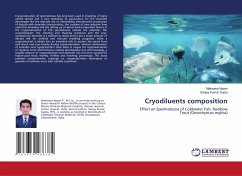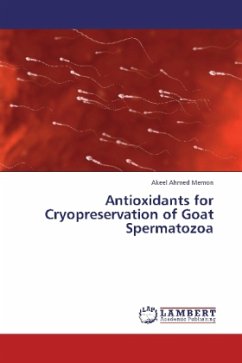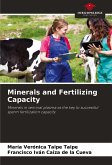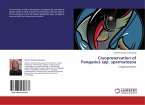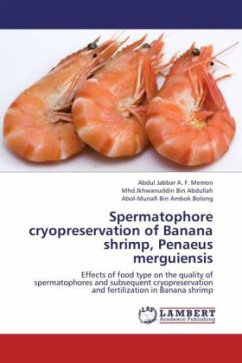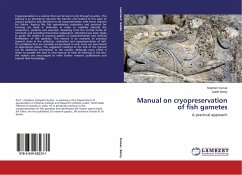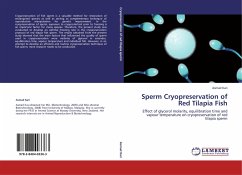Cryopreservation of spermatozoa has long been used in breeding of many animal species and is now spreading to aquaculture for the countless advantages like the reduced risk of transmitting infections,the production of hybrids with desirable characteristics, the creation of new selection lines useful for breeding and the setting up of sperm banks.Important factors in the cryopreservation of fish spermatozoa include the extender, the cryoprotectant, the freezing and thawing protocols and the cryo-container.An extender is a medium to dilute and to get a larger amount of diluted milt for artificial and induced breeding programs, while a cryoprotectant is added into an extended milt to protect the sperm from cold shock and cryo-toxicity during cryopreservation. Various combination of extender and cryoprotectant have been in vogue for cryopreservation of rainbow trout (Onchorhycus mykiss) spermatozoa but unfortunately, a suitable mixture of cryoprotectants and extender has not been studied for higher post thaw motility, fertility and hatching percentage. This book provides comprehensive coverage on cryopreservation techniques of gametes of rainbow trout with suitable cryodiluen.

